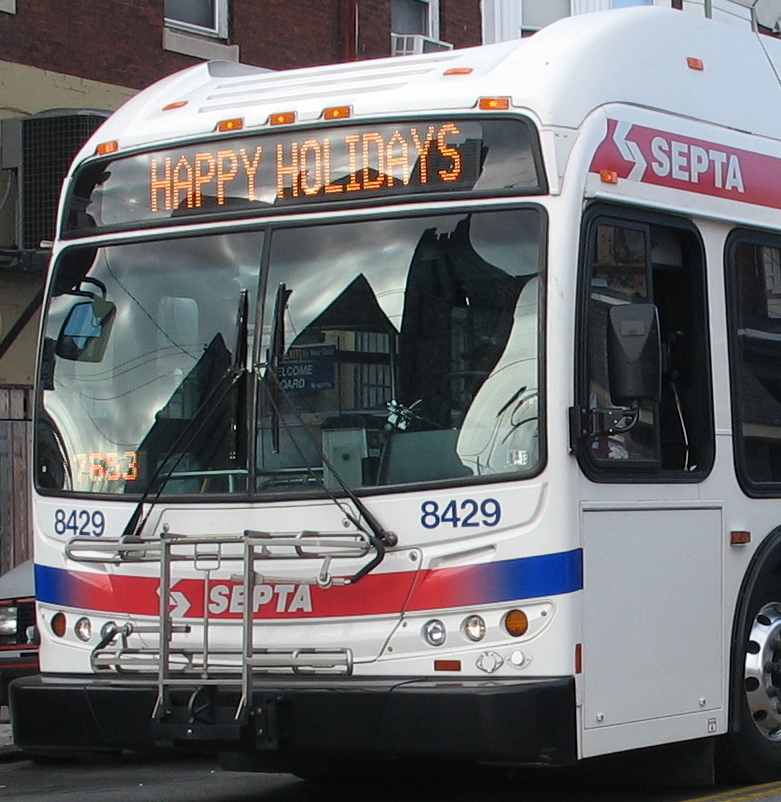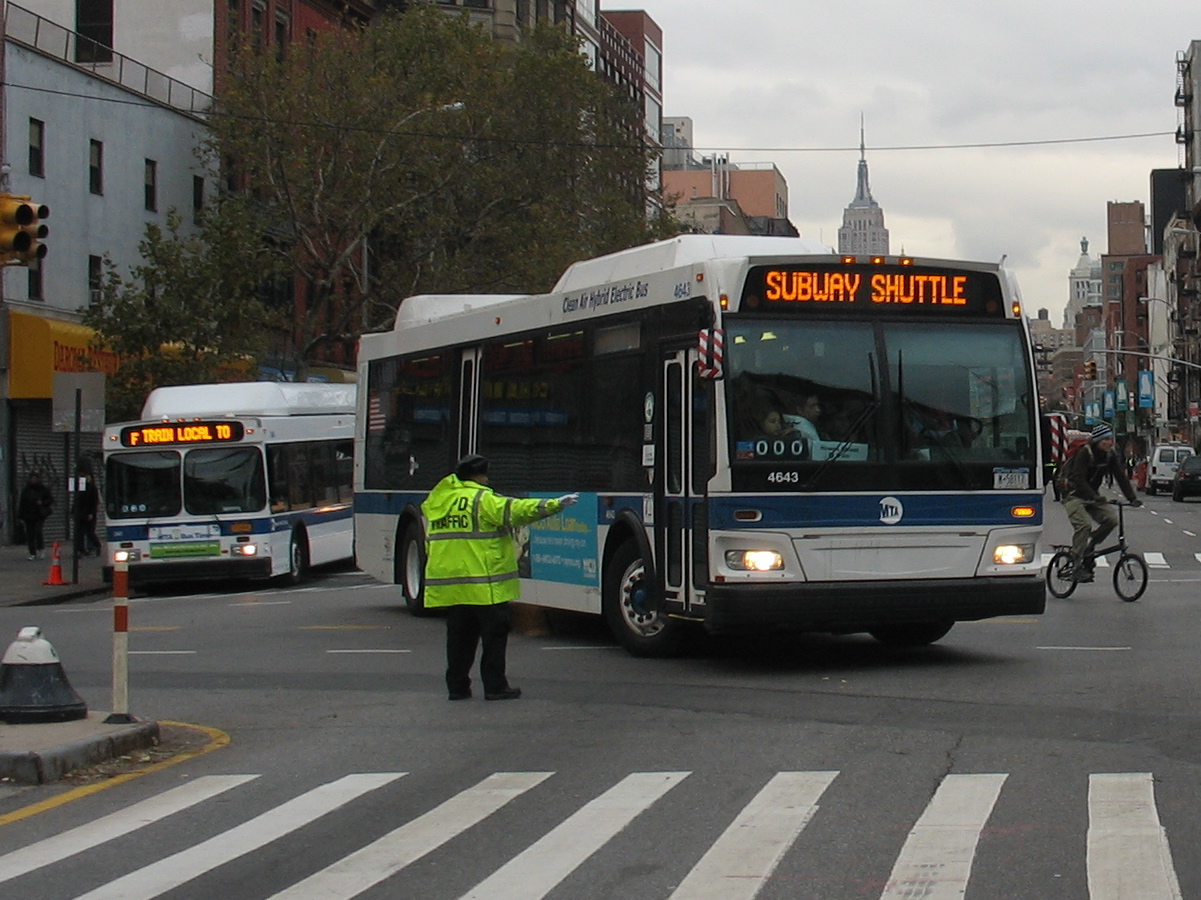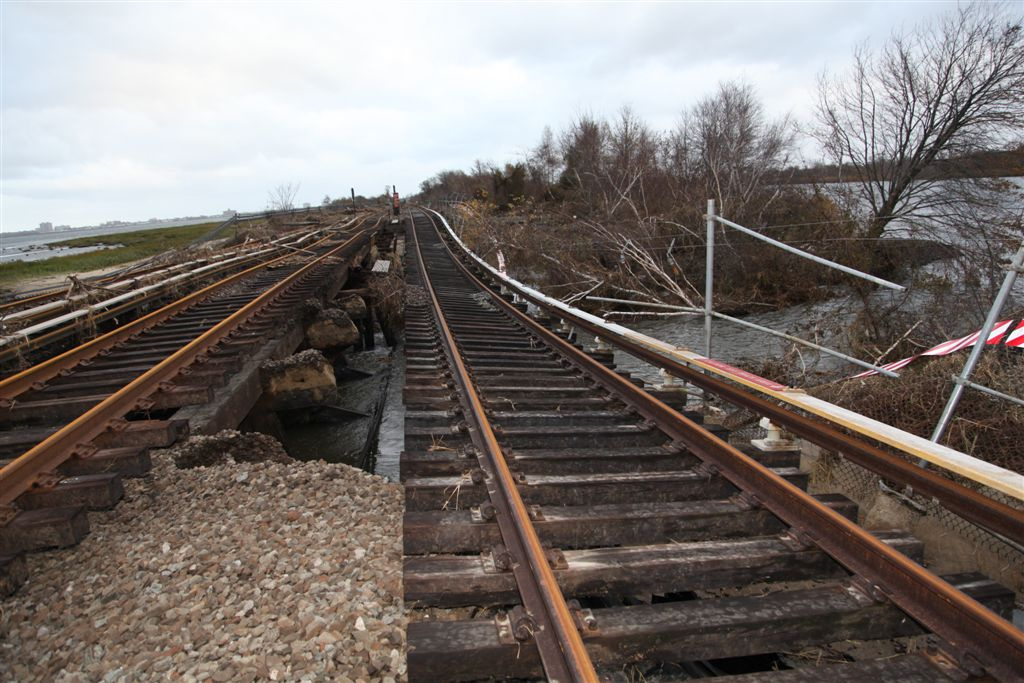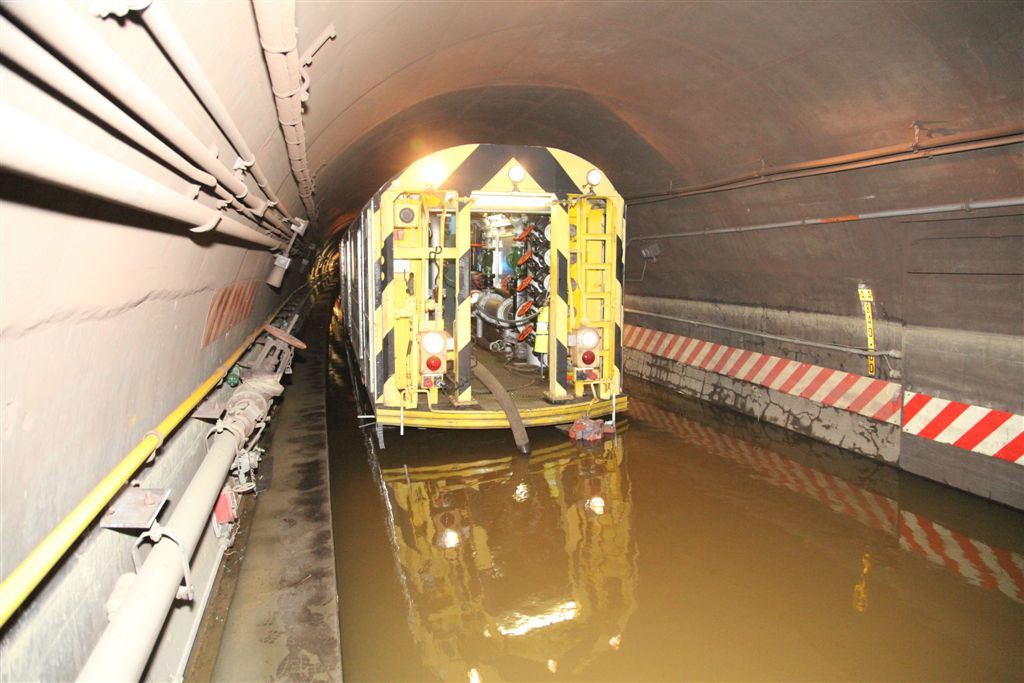Following the rollout of Seattle's so-called RapidRide BRT system has been discouraging. The point of Bus Rapid Transit is to make buses fast and reliable, but unfortunately almost all attempts at BRT in North America have been a complete failure. This pretend BRT may help politicians and transportation departments say they've done something while not having to do very much at all.
Human Transit explains why in an excellent post this week on the opportunities and dangers of incomplete bus rapid transit:
One of Bus Rapid Transit's great virtues is that unlike rail, you don't have to build a complete, continuous piece of infrastructure if you really only need segments of one. ... A BRT facility that got transit through the chokepoints reliably probably wouldn't need an exclusive lane in the free-flowing segments, because traffic in those segments would continue to be metered by the chokepoints and thus remain uncongested. ...
Unfortunately, Bus Rapid Transit can also be implemented in exactly the opposite way. Severely congested chokepoints are generally expensive places to design transit priority for, especially if you're unwilling to simply take a lane for transit. So we often see BRT projects that are missing where they are most needed. The Boston Silver Line 4-5, like the Los Angeles Silver Line, can get stuck in traffic downtown. New York's supposed BRT is so compromised that many refused to call it BRT anymore. Even the world-class Auckland North Shore Busway disappears as it approaches the Harbour Bridge.
The proliferation of so-called BRT is a direct result of car-centric thinking. To most city planners and politicians, car throughput is most important, so "taking a lane away" from cars for transit is something they won't do. As a result, buses only get priority where they don't really need it. Most transit agencies don't control the streets, so they take what they can get and try to make gains from other things like stop consolidation and off-board fare payment. Those should be done for all bus routes though, while BRT should have a dedicated right of way with priority at any conflict points and long distances between stops.
Buses are great tools which can do wonderful things, but the reality that they are never allowed to do those things causes a lot of well meaning transit advocates to figure BRT is hopeless and instead advocate for rail. Buses can be just as effective as rail if we give them the kind of priority and respect that is automatically assumed to be a given for rail lines. (This is why users of Boston's Silver Line continue to demand rail service. It's not that buses can't handle 15,000 daily riders or are somehow superior; it's just that they know that the city wouldn't make trains sit in traffic in the downtown area as buses are always forced to do.)






